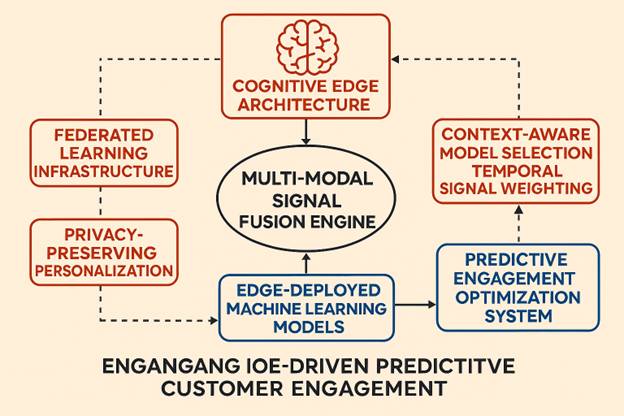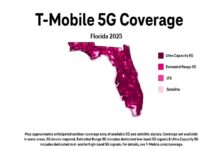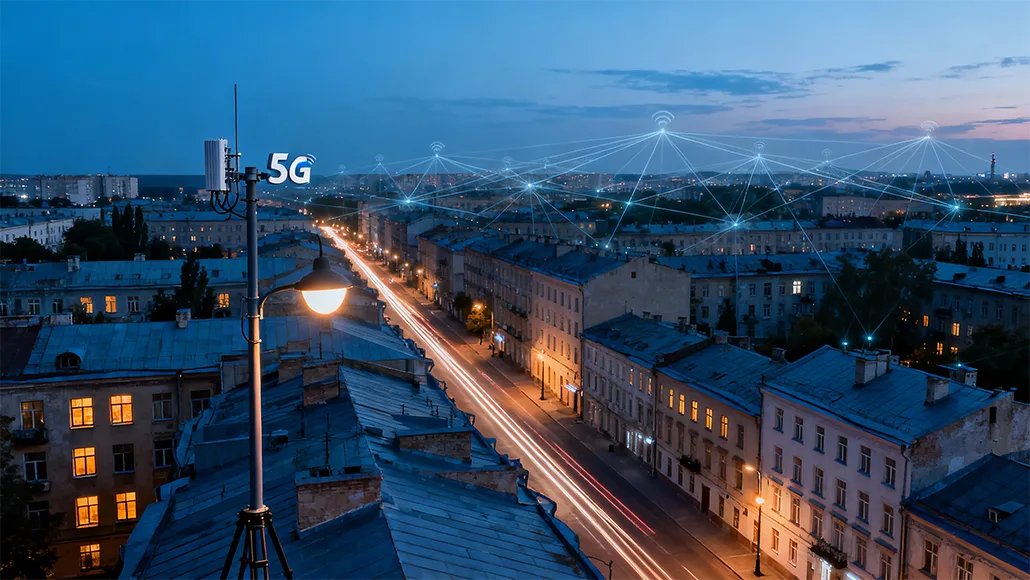Global telecommunications service providers face a fundamental challenge that threatens their competitive positioning. Despite significant investments in 5G infrastructure and Internet of Everything (IoE) ecosystems, customer experience remains fragmented and reactive. The industry requires an architectural change in basic assumptions, one that transforms how telecommunications platforms process IoE signals and deliver predictive experiences at scale.
The Limitations of Traditional Approaches
Telecommunications operators manage extensive networks of connected devices generating petabytes of behavioral data daily. Yet most providers remain constrained by reactive engagement models. They address network congestion after customers experience service degradation. They deploy retention offers after churn signals have manifested. They promote streaming bundles after customers have committed to competitive offerings.
This reactive paradigm creates measurable business impact. Preventable churn represents substantial revenue loss. Network optimization failures compromise brand equity where service quality provides primary differentiation. Missed cross-selling opportunities directly reduce average revenue per user in saturating markets.
The underlying issue stems from architectural constraints. Legacy systems operate in functional silos with billing platforms, network telemetry, CRM systems, and content delivery networks functioning independently. IoE devices generate behavioral signals at the network edge, yet intelligence processing occurs in centralized cloud environments, introducing latency incompatible with real-time personalization requirements.
Cognitive Edge Architecture: A Strategic Framework
A cognitive edge architecture fundamentally reimagines how telecommunications platforms process IoE signals and delivers predictive customer experiences. This strategic framework integrates four architectural components addressing the industry’s most significant operational challenges.
Distributed Intelligence Orchestration Layer
This architecture deploys lightweight machine learning models directly at network edge nodes. These edge-resident models process IoE signals in real-time device usage patterns, bandwidth consumption, application behaviors, and location context without transmitting raw data to central servers. This design addresses the persistent latency-privacy tradeoff that has constrained IoE implementations.
Positioning intelligence at data origin points transforms operational capabilities. When streaming quality begins degrading, the system responds within milliseconds rather than seconds, determining whether customers experience seamless service or frustration requiring support intervention.
Federated Learning Infrastructure
The framework employs federated learning to develop global predictive models while maintaining data locality. Individual edge nodes learn from local IoE signals, then share model parameters rather than sensitive customer data. This approach satisfies regulatory compliance requirements while enabling cross-device behavioral pattern recognition that isolated models cannot achieve.
Multi-Modal Signal Fusion Engine
Customer behavior manifests across multiple signal domains. Network telemetry indicates connectivity quality, content consumption reveals entertainment preferences, device interactions expose usage contexts, and temporal patterns suggest lifestyle rhythms. The fusion engine synthesizes these heterogeneous signals into unified customer state representations enabling comprehensive behavioral prediction.
The distinguishing characteristic lies in recognizing that isolated signal types provide insufficient predictive power. A customer streaming 4K content at 2 AM indicates materially different intent than identical bandwidth usage during prime viewing hours.
Predictive Engagement Optimization System
The architecture incorporates closed-loop optimization that continuously measures predictive accuracy against actual engagement outcomes. Machine learning models identify which IoE signal combinations optimally predict specific behaviors churn probability, upgrade propensity, or service issue likelihood then dynamically adjust signal weights to maximize precision.

Technical Innovations
Context-Aware Model Selection: The system maintains model libraries optimized for specific contexts. High-bandwidth users receive different predictive models than occasional data consumers. Streaming-focused customers activate content recommendation models while IoT-intensive households trigger smart home optimization algorithms.
Temporal Signal Weighting: IoE signals exhibit varying predictive value across time horizons. Sudden bandwidth spikes may indicate immediate streaming intent, while gradual usage decline signals long-term churn risk. The architecture employs temporal convolutional networks that automatically learn optimal signal weighting for different prediction timeframes.
Privacy-Preserving Personalization: The edge-native architecture enables sophisticated personalization without centralizing customer data. Customer profiles remain distributed across edge nodes, with differential privacy mechanisms ensuring individual behaviors cannot reconstructed from shared model parameters.
Practical Applications
Proactive Network Optimization: Through real-time IoE signal analysis, the system predicts network congestion before quality degradation occurs. When edge nodes detect converging user locations during major events, predictive models trigger capacity allocation adjustments automatically. Traditional systems respond to network strain after customers experience buffering. This architecture anticipates demand for spikes hours in advance by analyzing ticket sales data, social media activity, and historical patterns, pre-allocating network resources before events commence.
Anticipatory Streaming Recommendations: The architecture identifies when customers browse content across multiple devices without committing a behavioral signal indicating decision fatigue. Predictive models then surface curated recommendations that reduce choice overload and improve engagement.
Predictive Device Maintenance: IoE sensor data from customer premises equipment enables failure prediction before service disruption occurs. Edge models detect anomalous performance patterns and automatically schedule technician visits or initiate replacement hardware shipment, transforming unexpected outages into scheduled maintenance events.
Building Sustainable Competitive Advantage
The transition from reactive to predictive engagement creates sustainable competitive advantages in increasingly commoditized markets. When operators offer comparable network speeds and coverage, differentiation emerges through customer experience and quality. Operators who anticipate customer needs and resolve issues before they surface build loyalty that pricing strategies alone cannot replicate.
The architecture’s edge-based approach scales efficiently. Traditional centralized AI systems face exponential cost increases as customer bases expand. Edge distribution spreads computational load across network infrastructure, maintaining performance characteristics as deployment scales across larger subscriber populations.
The Path Forward
Cognitive edge architecture represents fundamental reconceptualization of how telecommunications platforms leverage IoE signals for customer experience optimization. By distributing intelligence to network edges, employing federated learning for privacy-preserving personalization, and synthesizing multi-modal behavioral signals, this framework enables predictive engagement capabilities necessary for competitive differentiation.
As 5G deployment accelerates IoE adoption and edge computing infrastructure matures, the performance gap between operators employing predictive intelligence and those maintaining reactive systems will expand substantially. For global telecommunications providers and OEMs, this architectural approach offers transformation from transactional service delivery to intelligent customer partnerships systems that predict and fulfill customer needs before explicit articulation. The future of telecommunications centers not on network speed or data volume, but on intelligence that transforms connectivity into cognition.






















